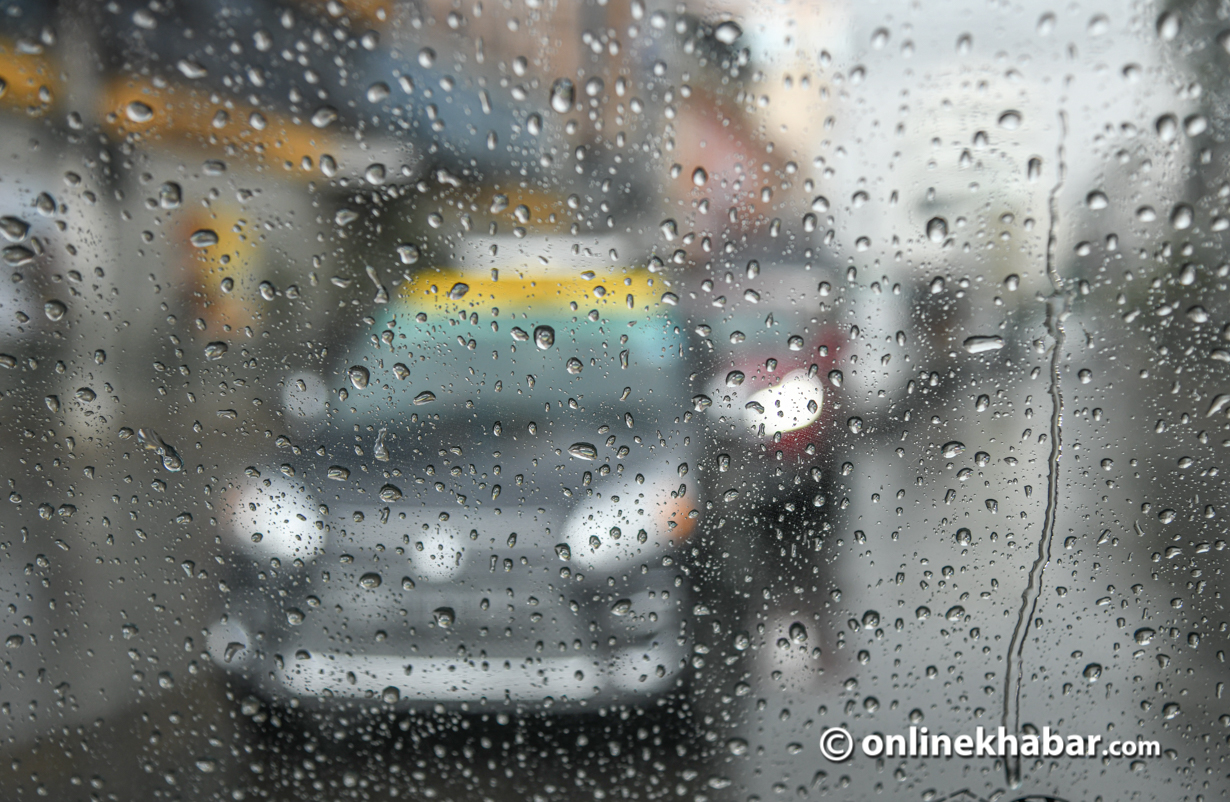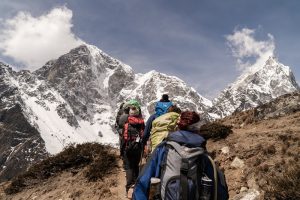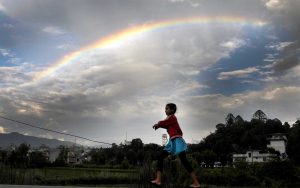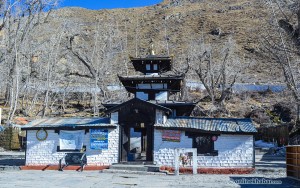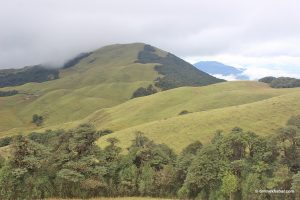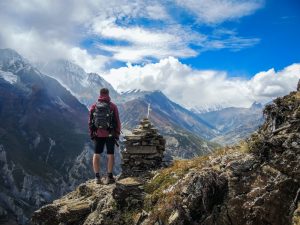Many of you already know that the monsoons rule over Nepal in the summer months. Therefore, summer is not exactly a popular travel time among tourists, which of course is also noticeable in the airfare. If you look early for cheap Nepal flights for the summer via flight search portals such as Skyscanner, you will often find real bargains for less than € 500.
In fact, I am getting more and more messages from tourists who are about to travel to Nepal in the summer. Often, it is about the travel conditions – and possibly restrictions – during the monsoons. Lately, there has also been an increasing number of inquiries about security. The images of the flood disasters in the south of Nepal have understandably burned into the minds of many.
First of all, I would like to correct the error of many travellers. Monsoon does not mean it rains all day! It, in fact, has some positives too.
A blessing against air pollution

The monsoons in Kathmandu are usually characterised by the fact that the temperatures and humidity are a lot higher than those during the dry season. A slightly oppressive sultriness is noticeable in all travellers. Some cope better with it; others need a slightly longer acclimatisation period. The monsoon rains provide cooling. Usually a relatively short but heavy rainfall, sometimes, it is so strong that the soil or the sewage system cannot absorb the water masses.
Despite the sometimes very muddy streets, everyday life in Kathmandu is hardly restricted during the monsoons. What is cursed as an annoying and uncomfortable climate phenomenon for many travellers is a blessing for their respiratory system for Nepali people because most of the year the air pollution in Kathmandu is unbearable.
As soon as the monsoon subsides, particulate matter pollution in the capital rises again. In the winter months (the period with the least rainfall), the standards of the WHO for clean, harmless particulate matter values are exceeded in Nepal by a factor of ten. People are even instructed to avoid all outdoor sports and physical activity and never leave home without a respirator.
The values of the measuring stations set up at 17 locations in the Kathmandu valley show terrifying figures. The differences in particulate matter pollution between the monsoon peak (July) and the driest time (January / February) are incredible.
ALSO READ:
The importance of the monsoons to South Asia

The graphics already show the positive effects of the monsoons in Kathmandu. But, the monsoons also play a decisive role in agriculture and are urgently needed. Without monsoons, there would be no fertile soil, no river level, no groundwater. The monsoons are absolutely necessary for survival! It is an integral part of a climatic cycle that affects an entire subcontinent.
Unfortunately, natural disasters caused by the monsoons have increased in recent years. Floods, landslides and mudslides destroy more and more livelihoods every year and cost more and more lives. Especially in the south of Nepal, on the border with India, the monsoons are more extreme every year. The monsoon rains are much heavier, the duration much longer. One can hardly speak of a “normal” cycle. As early as the beginning of April this year, heavy rains in southern Terai resulted in many deaths.
How much longer can we use the word “extreme” in connection with heavy monsoons when the extreme has already become normal?
Elizabeth Lucas works as a copywriter and web developer for the professional writing essaywriter.nyc. She loves to travel which gives her the inspiration to write her own articles and short stories. She visited Nepal this year.



